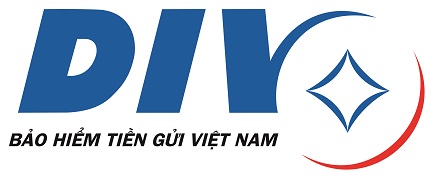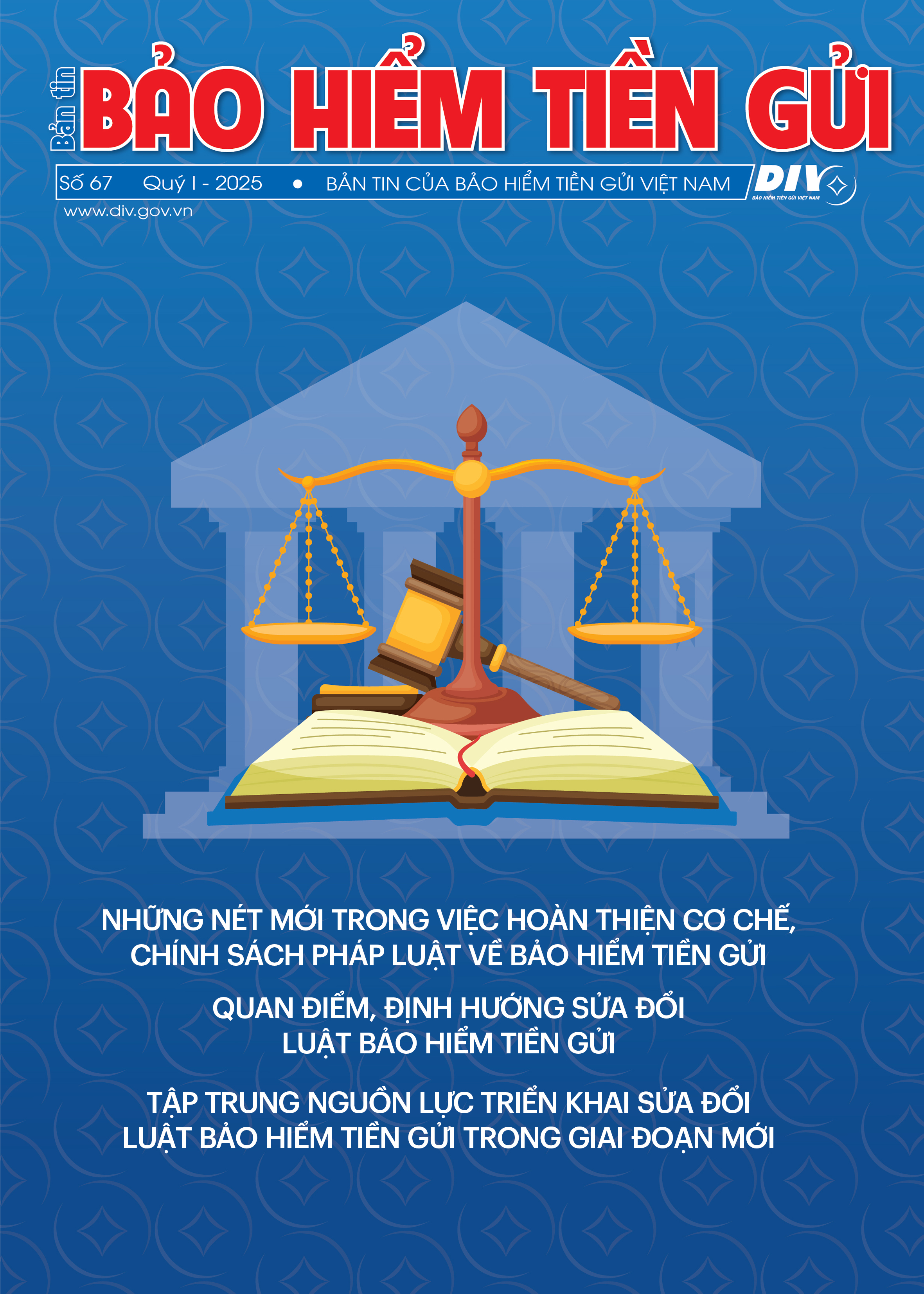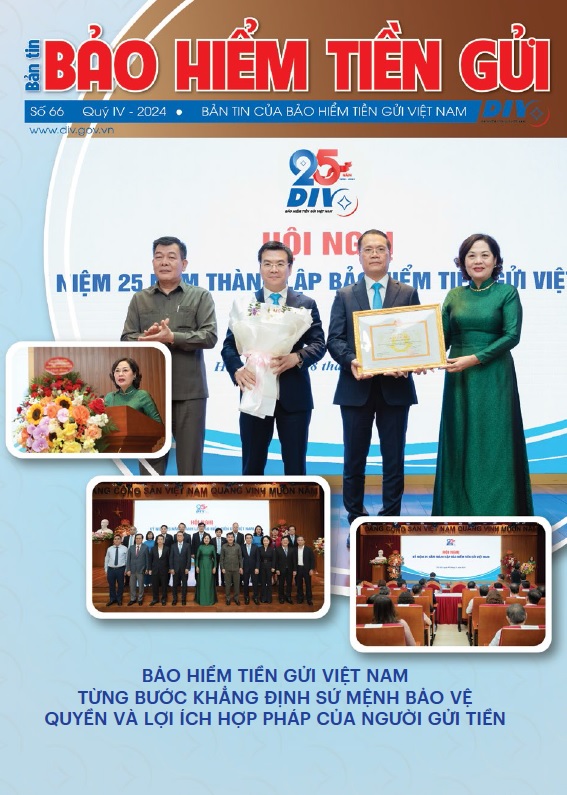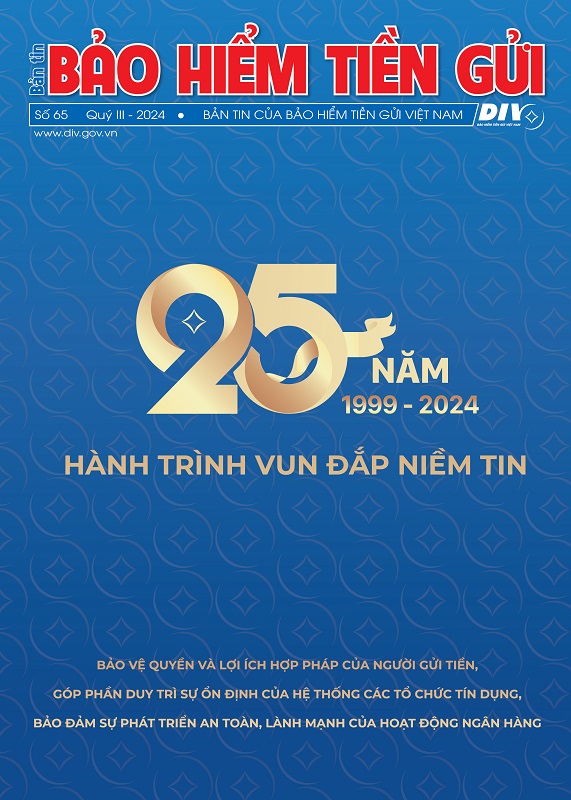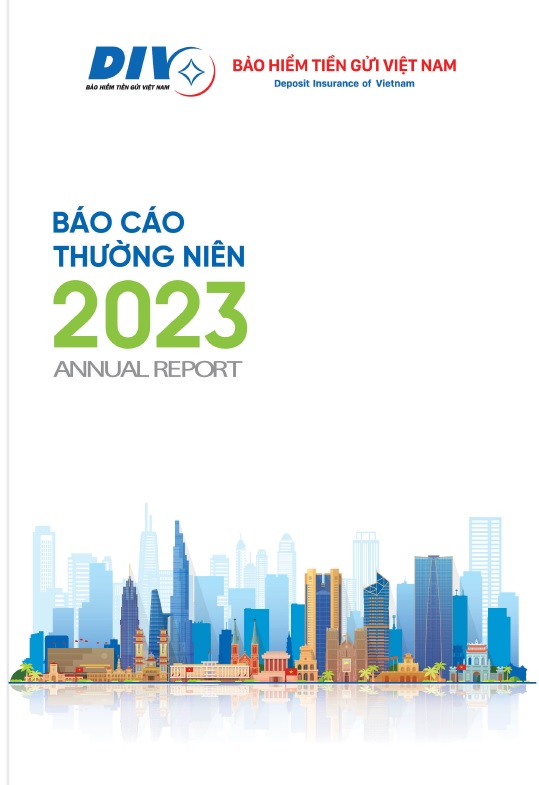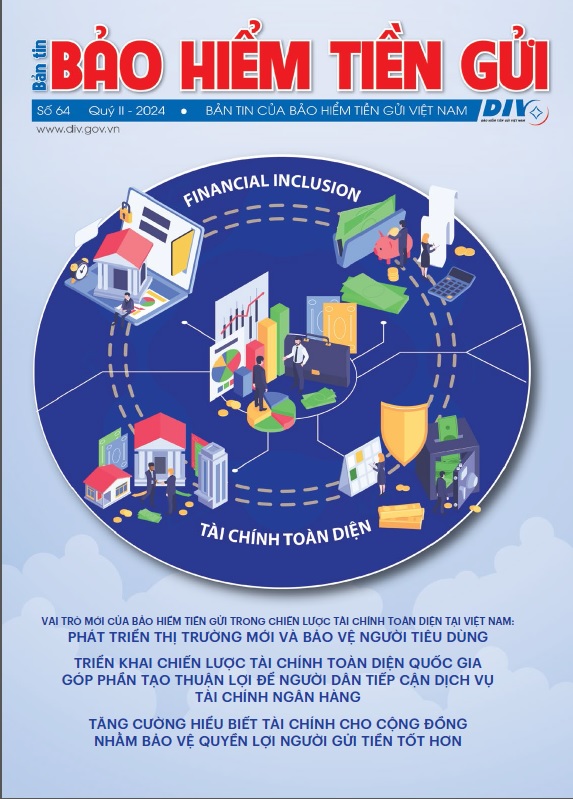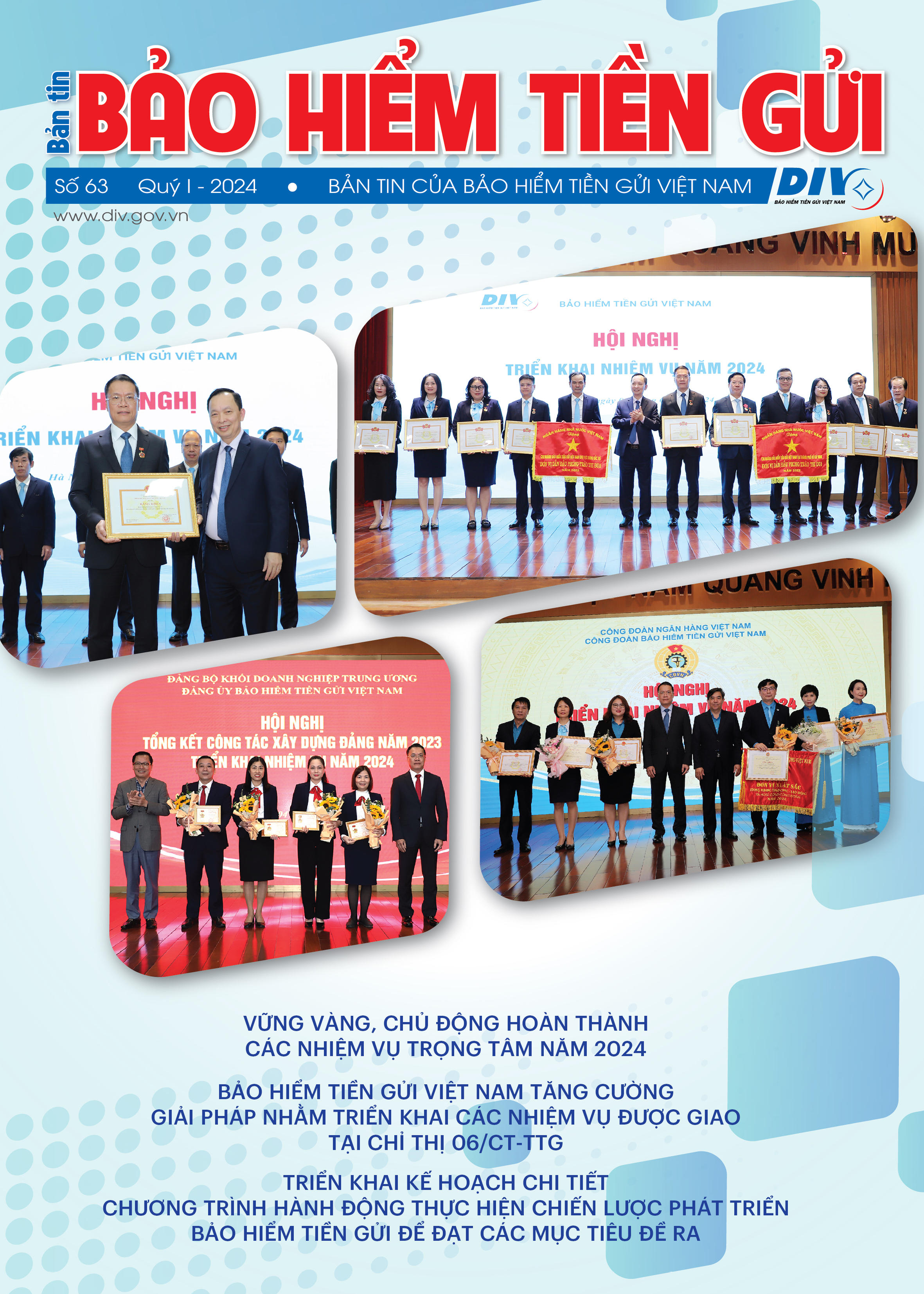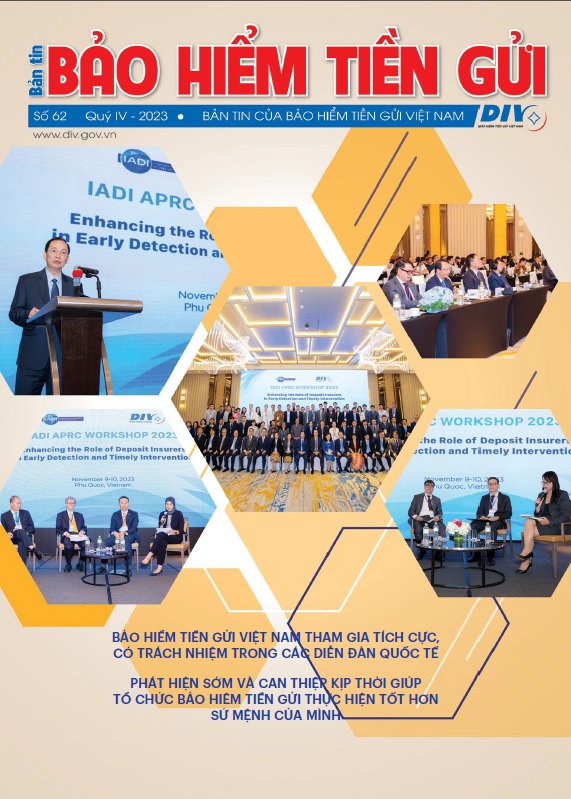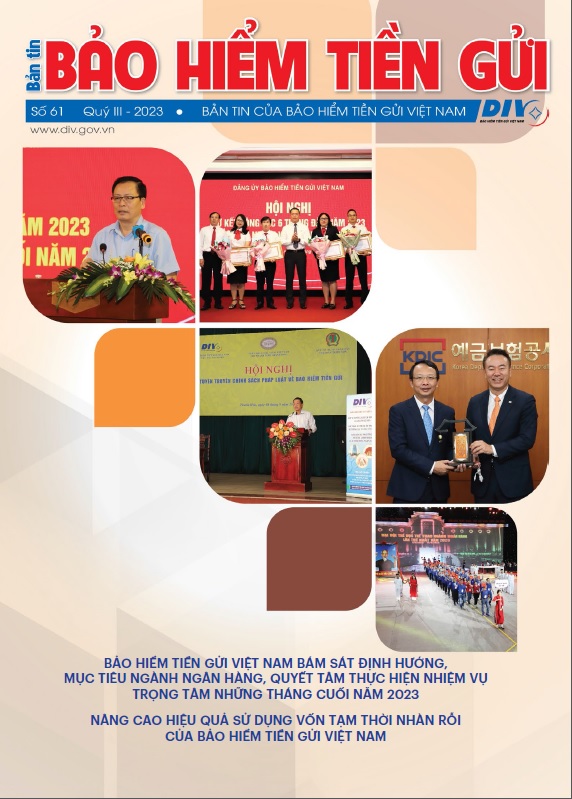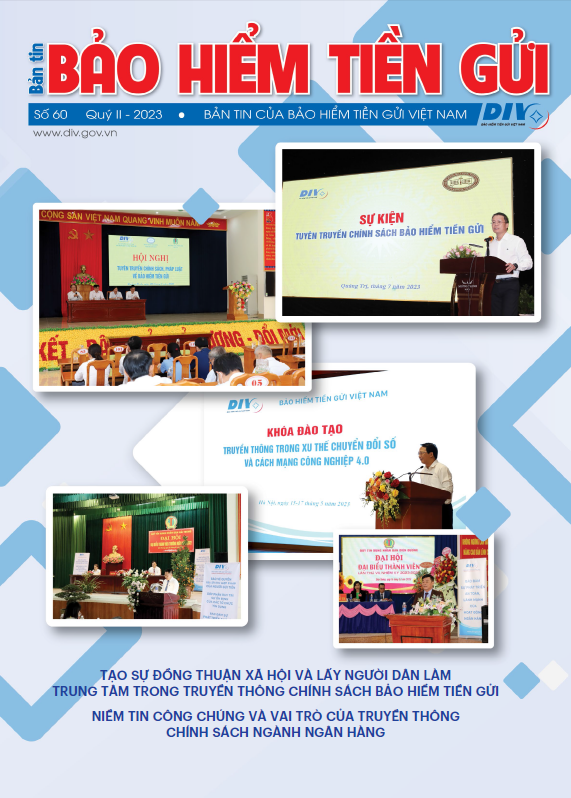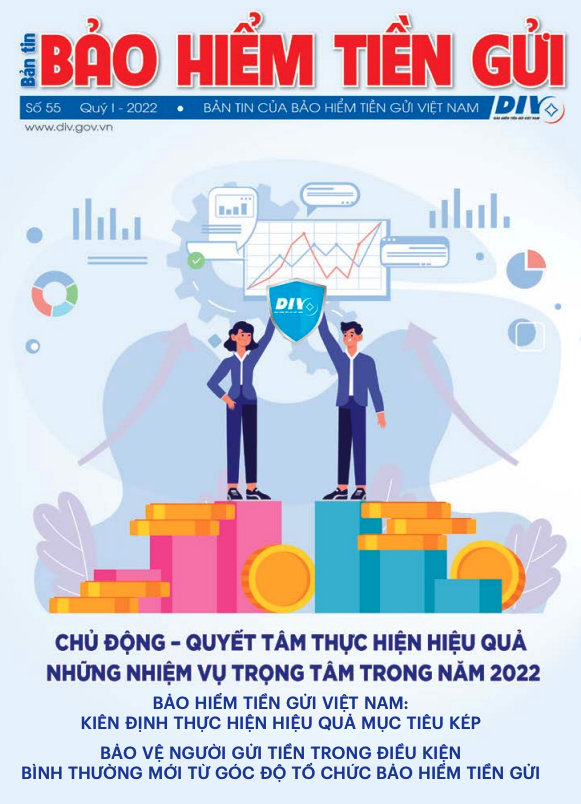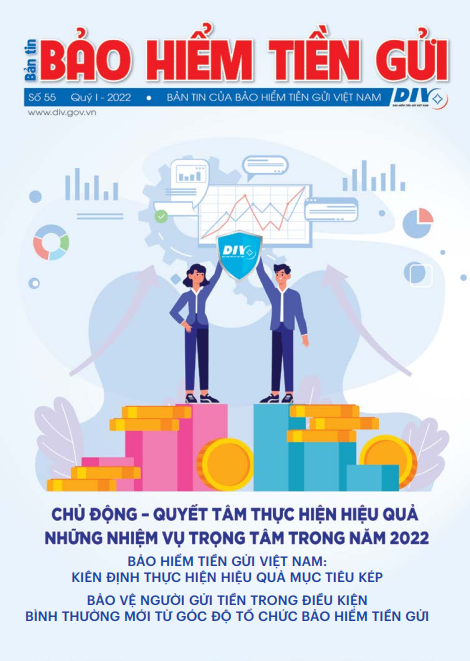The DI coverage limit is the maximium amount of money to be paid by the DI organization for all insured deposits of a depositor with an insured institution when insurance payment duty arises. The low DI coverage limit lessens effectiveness of DI policy.
The DI coverage limit is calculated on basis of various factors, including essential ones: inflation; GDP per capita; size of DI fund… The DI coverage may be limited or unlimited depending on economic situations and regulation of each nation.
Vietnam has applied the limited DI coverage. In 2000 when the Deposit Insurance of Vietnam (DIV) was established, the DI coverage limit was recognized at VND30 million, then increased up to VND50 million in 2005 and has been kept until now, which is not appropriate any longer due to the fact that the level can not protect the majority of depositors and is much lower than that of international practices, significantly impacting confidence of depositors in the circumstance that the socio-economic activities have had such many changes.
First, comparing with the panorama picture of inflation of the country, the DI coverage limit is currently inadequate. Prior to 2005, the inflation rate was kept at the low level, even deflation was seen in a certain period of time. However, since then the inflation index has been usually reported at high figures, reaching 22,97% and 18,58% in 2008 and 2011 respectively as a particular phenomenon, thus significantly weakening value of the local currency. Concretely, the Vietnamese dong (VND) has been devalued about 30% against the US dollar since 2005, challenging and making the DI coverage limit insufficient against the changes in consumer prices.
Second, the DI coverage limit, which was set up at VND 30 million at the time of the establishment of DIV in 2005, was equivalent to 4.5 times GDP per capita and acknowleged to be the world’s popular average level – protecting approximately 90% of depositors in Vietnam at that time. However, GDP per capita has been dramatically increasing to about USD 1,300 now (VND 27 million) thanks to continuous socio-economic progress over the past few years. Though the DI coverage limit has been adjusted to VND 50 million since 2005, such change can not keep pace with the acceleration rate of GDP per capita.
The DI coverage limit/ GDP per capita ratios of some nations in the Region are much higher than that of Vietnam, concretely:
The DI coverage limit of some nations in ASEAN Bloc (as of December, 2010)
|
Nation |
DI coverage limit |
DI coverage limit/GDP per capita |
|
|
Legally applicable |
~ USD |
||
|
Singapore |
S$ 20,000 |
15,300 |
0.35 |
|
Vietnam |
VND 50 million |
2,600 |
2.25 |
|
Indonesia |
RPH 100 million |
11,700 |
3.75 |
|
Philippine |
PHP 500,000 |
11,500 |
5.64 |
|
Thailand |
THB 1 million |
33,000 |
6.90 |
|
Malaysia |
MYR 250,000 |
80,300 |
9.74 |
Source: The Deposit Protection Agency – Thailand
Besides, in the recent 2008-global financial crisis, various countries in the Region including the Philippines, Malaysia, Thailand, Taiwan R.O.C…, following the then-trend of the world, implemented the new policy on DI by shifting from the limited coverage to the blanket guarantee during a certain period of time in order to prevent chain failures as consequence of the negative impacts of the financial recession.
Similarly, to cope with the financial crisis, the Federal Deposit Insurance Corporation (FDIC) has taken prompt actions to raise the DI coverage limit to $250,000 from $100,000, resulting in a stable status of the banking system without any bank-run though big failures have been seen. By raising the DI coverage limit, it has created the appropriate conditions for the Government and the Congress of the US to approve the $700-billion economic stimulus package.
In the meantime, Peru periodically has applied the policy on adjusting the DI coverage limit on quarter basis. Over the period of June-August 2012, the DI coverage limit was reduced to USD34,159 from the previous figure of USD 34,167. Earlier, the level was recognized to be increased up to $34,167 during March-May 2012, from $26,325 following the reconsideration and reassessment over the wholesale price index.
Third, due to dramatically developed new financial products in finance – banking markets, depositors have many choices for investment over depositing in banks at low DI coverage limit implying high risks faced. Raising the DI coverage limit to appropriate levels will make depositors feel safe, creating a lower risk investment tool proper for risk averse investors, helping the banking system in the capacity of a financial immediate agent to attract more idle capital from residents effectively and positively.
Fourth, the improved living standard means the increasing idle cash from people. Furthermore, many investors move to send hundreds of million dong of deposits or even more to banks amid the circumstance of the slowing down stock market, gloomy real estate markets, and instable policy of gold sale and trading. According to the statistics by the State Bank of Vietnam, the total deposits of individuals in the banking system have been increasing year after year. Concretely, the figure was up by 9.89% in 2011 compared with that in 2010, and by 12% in the first seven month of 2012 year on year. The low and unchanged DI coverage limit over the past 7 years, has impacted the deposit insurance organization’s role of protecting the majority of depositors.
For the afore-mentioned reasons, it is objectively an urgent need to make adjustment to the DI coverage limit. Provision 2 Article 24 Law on DI stipulates that “the Prime Minister shall set the deposit insurance coverage limit for each period of time on basis of the proposal of the State Bank of Vietnam.” Accordingly, the DI coverage limit shall be adjusted upon period each. It is completely relevant to a market economy’s laws. This content is one of the new points of the Law on DI against the previous Decree No. 109. The issuance of the Law on DI is legally a very indispensable step in order to create the legal framework that helps the DI activities more effectively, protecting better the legitimate rights and interests of depositors and contributing to maintaining the stability of the banking system.
To fully realize the important target of the DI policy on enhancing confidence of depositors in the finance-banking system, the increase of the DI coverage limit should be implemented promptly; at the same time, it is necessary to consider some following issues:
- First of all, based on DIV’s financial capacity, to build a mechanism that allows the DIV to get easy access to special supporting capitals in case of emergency;
- Secondly, to make flexible adjustments to the DI coverage limit in accordance with the socio-economic development; but with a care of frequency of adjustments in an appropriate manner, as over-frequent changes may influence the activities of the DI organization while the under-frequent ones may increase the number of uninsured deposits, affecting depositors’ rights and interests.
- Thirdly, to follow the general principle of the DI coverage limit that the figure is kept not too low in order to promote depositors to send their deposit to banks, and not too high with the aim to control moral hazard while taking into account the level of the DI coverage limit in normal economic condition and in crisis, respectively.
- Finally, to collect and analyse information of depositors from sources of the banking system in order to predict the ratio of number of insured depositors to total number of depositors.
